How to Make Tallow Balm for the Ultimate Natural Skin Care
This post may contain affiliate links. As an Amazon Associate, I may receive a small commission, at no cost to you, if you make a purchase. Please read our disclosure policy.
Tallow balm is one of those humble hidden treasures from long ago that is making a resurgence these days. And for good reason! It’s the ultimate natural skin care that transforms dry skin into healthy skin that’s left feeling hydrated and nourished. Tallow balm is great for all skin types, even those with sensitive skin.
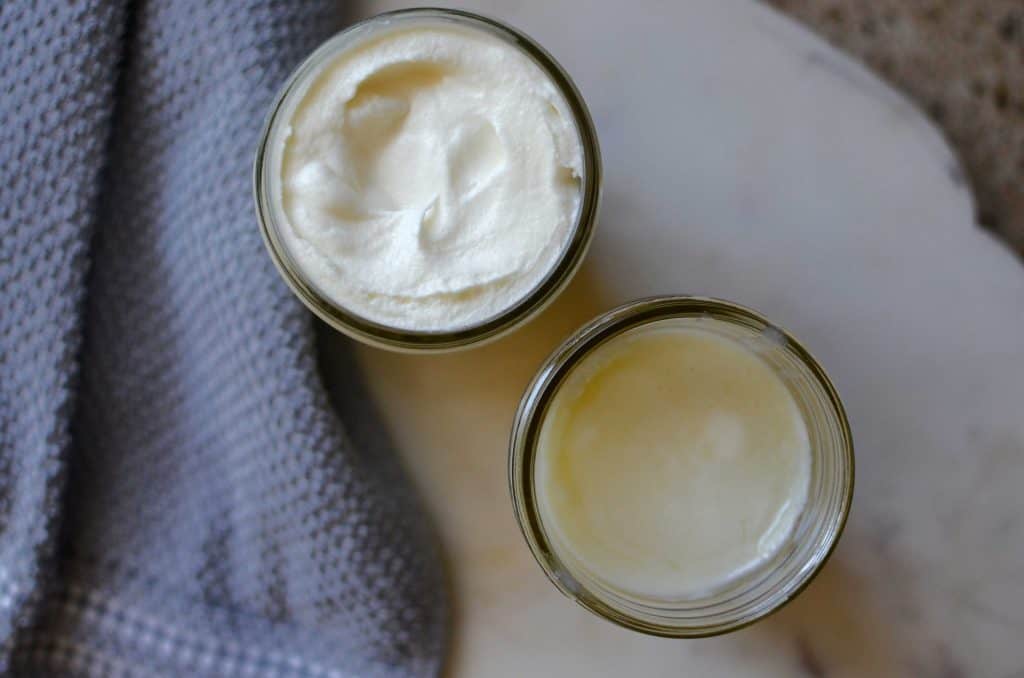
I have fallen in love with this natural product, now being the only thing I use on my skin!
First, and most importantly, I love how this diy tallow balm makes my skin feel soft, hydrated, and smooth, especially as my skin changes and matures. It truly is one of those products that lives up to the hype.
Second, I love how pure the ingredients are. Our skin is our largest organ and what we put on it matters. Traditional face creams and skin care products are full of synthetic chemicals, synthetic fragrance and artificial colors, none of which I want.
Third, I love that I have the ability to make it myself and control the quality using all natural ingredients.
What is Tallow?
You may be asking, isn’t tallow just rendered animal fat? Yep, it sure is. And you might be asking why would anyone want to apply rendered animal fats on their skin, let alone their face? I know, I had the same hesitation. My inner suburban self was slowly grimacing a wee bit. But just hear me out, keep reading and learn more!
Tallow is fat that has been rendered from ruminant animals, so not only beef fat, but fat from other animals such as goats, sheep and even deer.
Rendering animal fat is a natural process that causes the oil to melt away from the tissue as its heated, leaving behind a liquid oil. As it cools, it solidifies and becomes a solid block of oil.
Tallow History
While being rather new to this homesteading world, I wasn’t sure if all of this buzz about tallow balm was just new to me or for all. It turns out that tallow balm has a long history, dating back to the medieval times. The Romans and ancient Egyptians used tallow as a natural moisturizer. Let’s be real, what did one use before they could run down to their local big box store?
Tallow Benefits
What makes tallow so amazing? Since tallow is made from rendered animal fat, the molecular makeup of tallow is incredibly similar to our skin cells. Why is that important? Tallow provides the exact mineral requirements that human skin needs in a natural form rather from chemicals, helping to fight free radical damage that happens from living in our modern world.
Most plant-based serums won’t be able to deliver tallow’s unique blend of vitamins and minerals. Vitamin E and vitamin A have long been known for skin health, and tallow has them in abundance as well as vitamin D and vitamin K, conjugated linoleic acid(CLA) and essential fatty acids that are needed to restore your skin’s natural balance. It also boasts antibacterial and anti-inflammatory properties. Not all tallows are equal though, make sure that the tallow comes from grass fed animals for the highest beneficial nutrient content.
Tallow Balm Uses
Grass-fed tallow balm is so versatile, great for a wide variety of uses and skin conditions.
- Eczema
- Diaper Rash
- Mature Skin
- Baby Balm
- Acne Prone Skin
- Body Moisturizer
- Facial Moisturizer
- Ointment for small cuts and scrapes
Whipped or Solid
You can allow the tallow balm to cool once melted and this will result the balm to have a more solid consistency, or you can whip it so that it’s light and fluffy. The solid form will last longer because there is no air is incorporated. The whipped form is easy to use and my personal favorite.
Tallow Balm Ingredients
Tallow: Tallow from grass-fed cows will have the most benefit for your skin. Looking for tallow from 100% grass-fed, grass finished beef. If you have a good source, you can render the grass fed beef fat yourself. Otherwise purchase tallow that is rendered.
The first time I made this balm, I used tallow that I rendered myself that I had gotten from our local butcher using the wet rendering method. (Tip: Do this in the cooler months because rendering tallow has a strong scent.)
Olive oil: Tallow alone is pretty stiff at room temperature and difficult to use on the skin. Mixing the tallow with a liquid oil, like olive oil, helps to make the tallow easier to spread. Other oils like jojoba oil, avocado oil or sweet almond oil are all excellent alternatives.
Essential Oils: Adding certified organic essentials oils to your grassfed tallow balm will add more benefits for your skin. I personally love to use lavender essential oil. It has proven antibacterial properties, along with being antimicrobial and antifungal. Its non-comedogenic, meaning that it won’t clog your pores.
Tools
- Large bowl
- Mixer with whisk attachment
- Jars
Tallow Balm Ingredients
- 1 cup grass fed tallow
- 1/4 cup extra-virgin olive oil
- 48 drops essential oils of choice (for 1% dilution)
Tallow Balm Instructions
(I generally make a large quantity at a time; in the photos I’m quadrupling the recipe and will store in the refrigerator. A very small amount goes a long way, so it lasts quite a while.)
Step 1
First, liquify the rendered tallow using the double boiler method.
Fill a medium size pan halfway with water and place a large metal or glass bowl on top of the pan. Be sure sure the bowl doesn’t touch the water. Heat over medium heat so that the water is a light simmer. Reduce the heat if steam is escaping rapidly from under the bowl.
Melt until liquified, stirring to help melt the larger chunks.
If you’re tallow is freshly rendered and it’s still liquid, strain the tallow through cheese cloth laid over a mesh strainer to extract anything in it. Move strained liquid tallow to a large bowl.
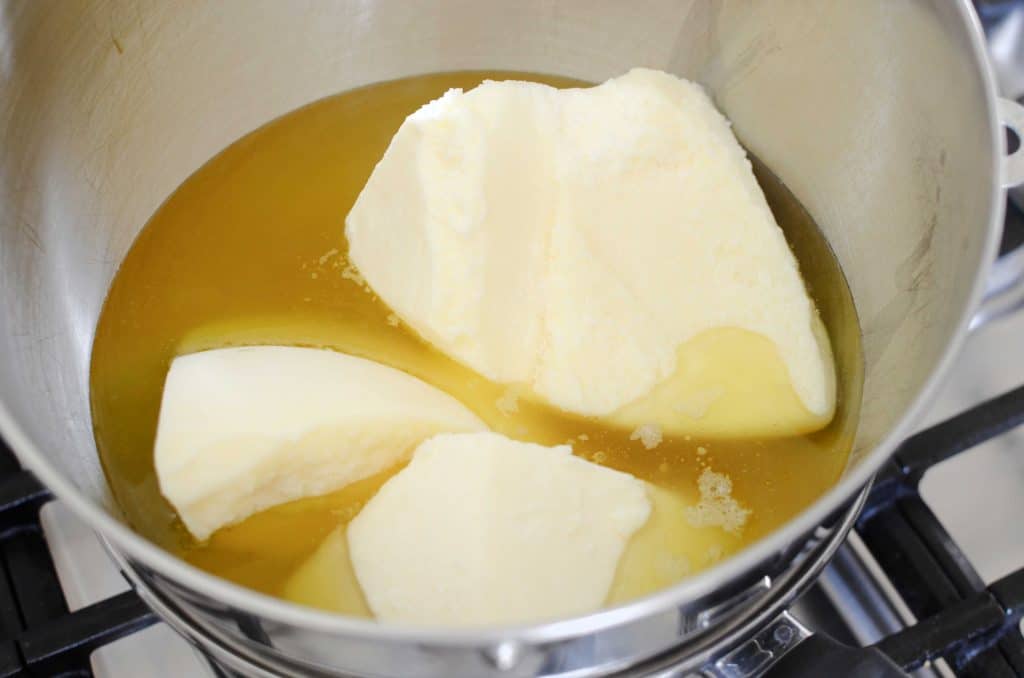
Step 2
Allow the liquid tallow to cool to room temperature and add olive oil and essential oils.
You want the tallow balm to remain liquid and not allowed to harden so you can stir in the extra-virgin olive oil.
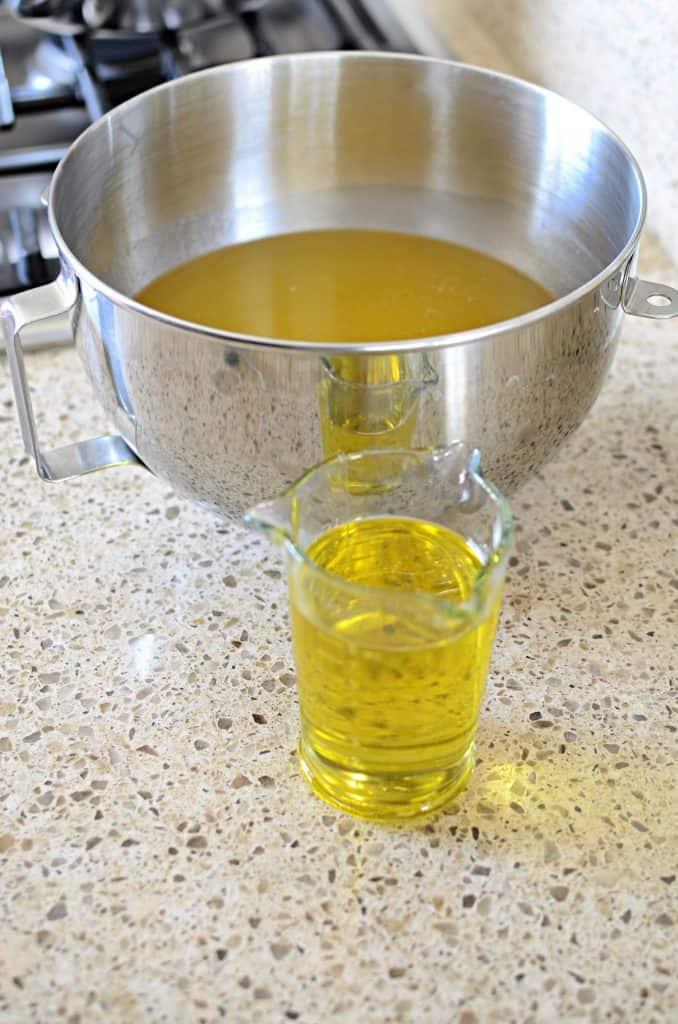
Step 3
You can leave the tallow balm to solidify for a long lasting balm, or whip for a light a fluffy balm.
Solid Tallow Balm: While still liquid, pour tallow balm into glass jars and add lids. Allow to harden. It’s now ready to use.
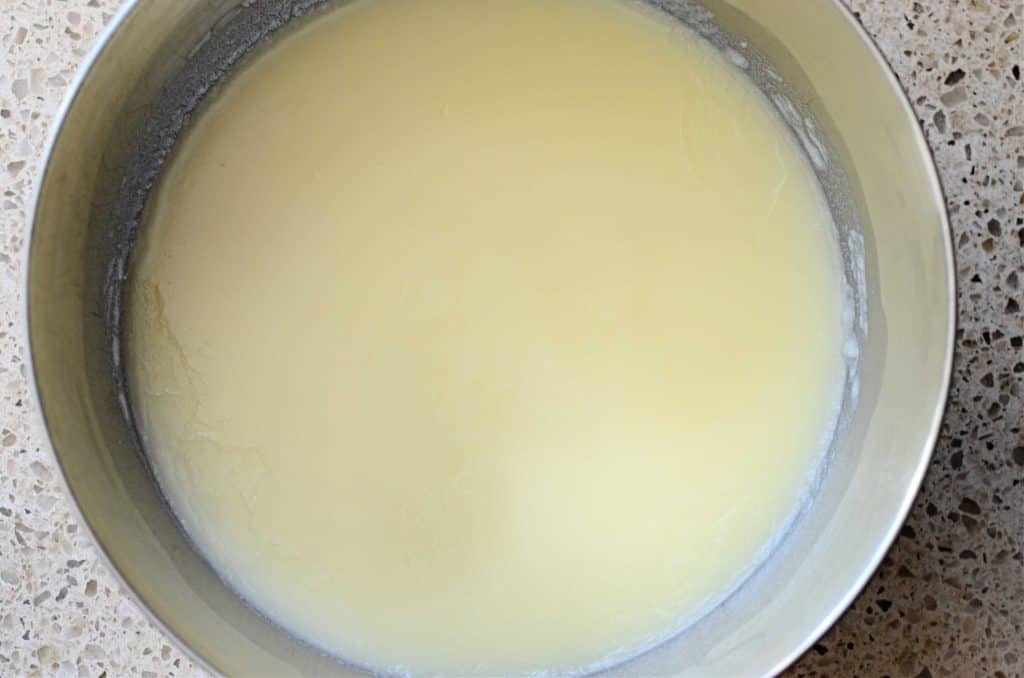
Whipped Tallow Balm: Allow the tallow to solidify at room temperature. When solid, whip with hand mixer or stand mixer until light and fluffy. Transfer to glass jar once whipped and add lid.
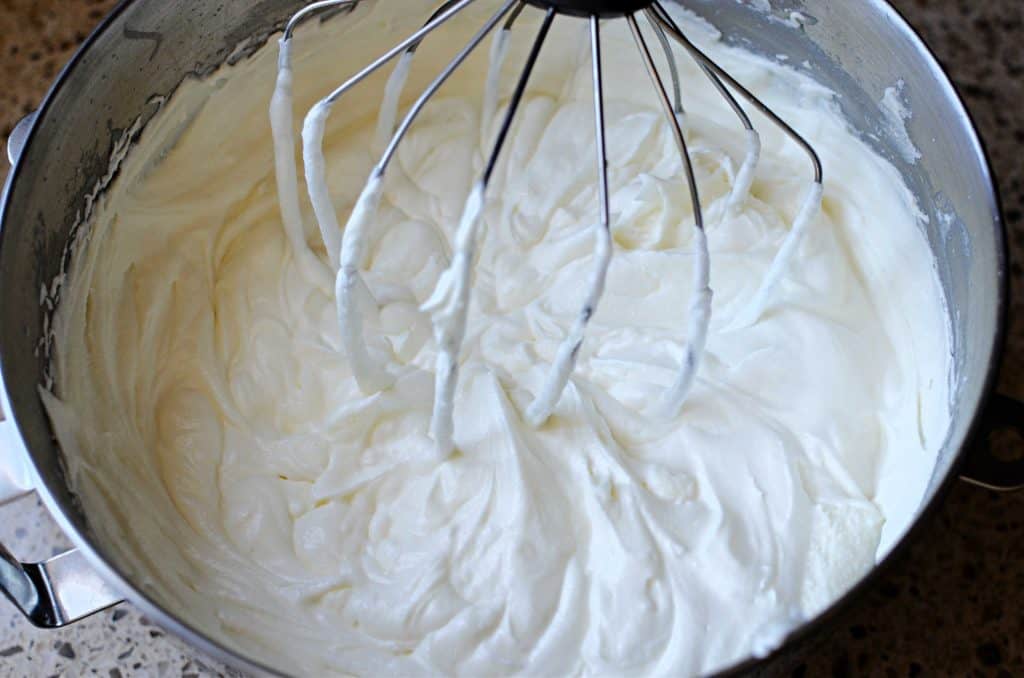
Step 4
Store both solid and whipped tallow balm in an airtight container, out of direct sunlight, up to 6 months.
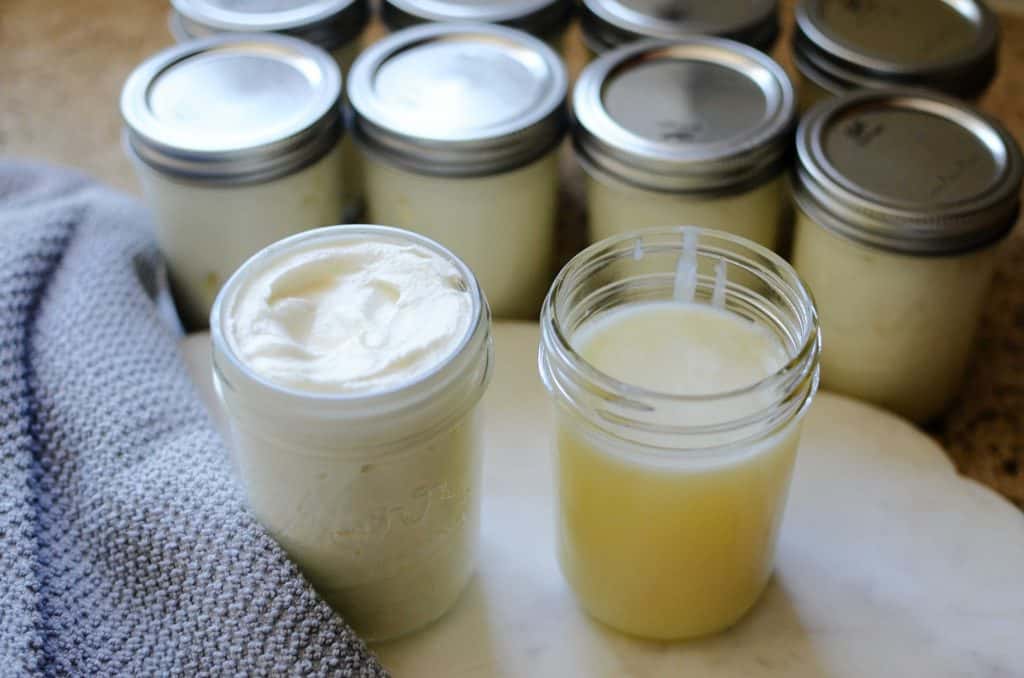
It’s now ready to use! I hope you enjoy this natural way of taking care of your skin as much as I do. I’d love to hear about your experience, and don’t forget to tag #Lockremhomestead on photos of your Homemade Tallow Balm on Instagram!
How to Make Tallow Balm for the Ultimate Natural Skin Care
Materials
- 1 cup grass fed tallow
- ¼ cup organic olive oil
- 48 drops essential oils for 1% dilution (optional)
Instructions
- First, liquify the rendered tallow using the double boiler method. Fill a medium size pan halfway with water and place a large metal or glass bowl on top of the pan. Be sure sure the bowl doesn't touch the water. Heat over medium heat so that the water is a light simmer. Reduce the heat if steam is escaping rapidly from under the bowl. Melt until liquified, stirring to help melt the larger chunks.If you're tallow is freshly rendered and it's still liquid, strain the tallow through cheese cloth laid over a mesh strainer to extract anything in it. Move strained liquid tallow to a large bowl.
- Allow the liquid tallow to cool to room temperature and add olive oil and essential oils. You want the tallow balm to remain liquid and not allowed to harden so you can stir in the extra-virgin olive oil.
- You can leave the tallow balm to solidify for a long lasting balm, or whip for a light a fluffy balm.Solid Tallow Balm: While still liquid, pour tallow balm into glass jars and add lids. Allow to harden. It's now ready to use. Whipped Tallow Balm: Allow the tallow to solidify at room temperature. When solid, whip with hand mixer or stand mixer until light and fluffy. Transfer to glass jar once whipped and add lid.
- Store both solid and whipped tallow balm in an airtight container, out of direct sunlight, up to 6 months.

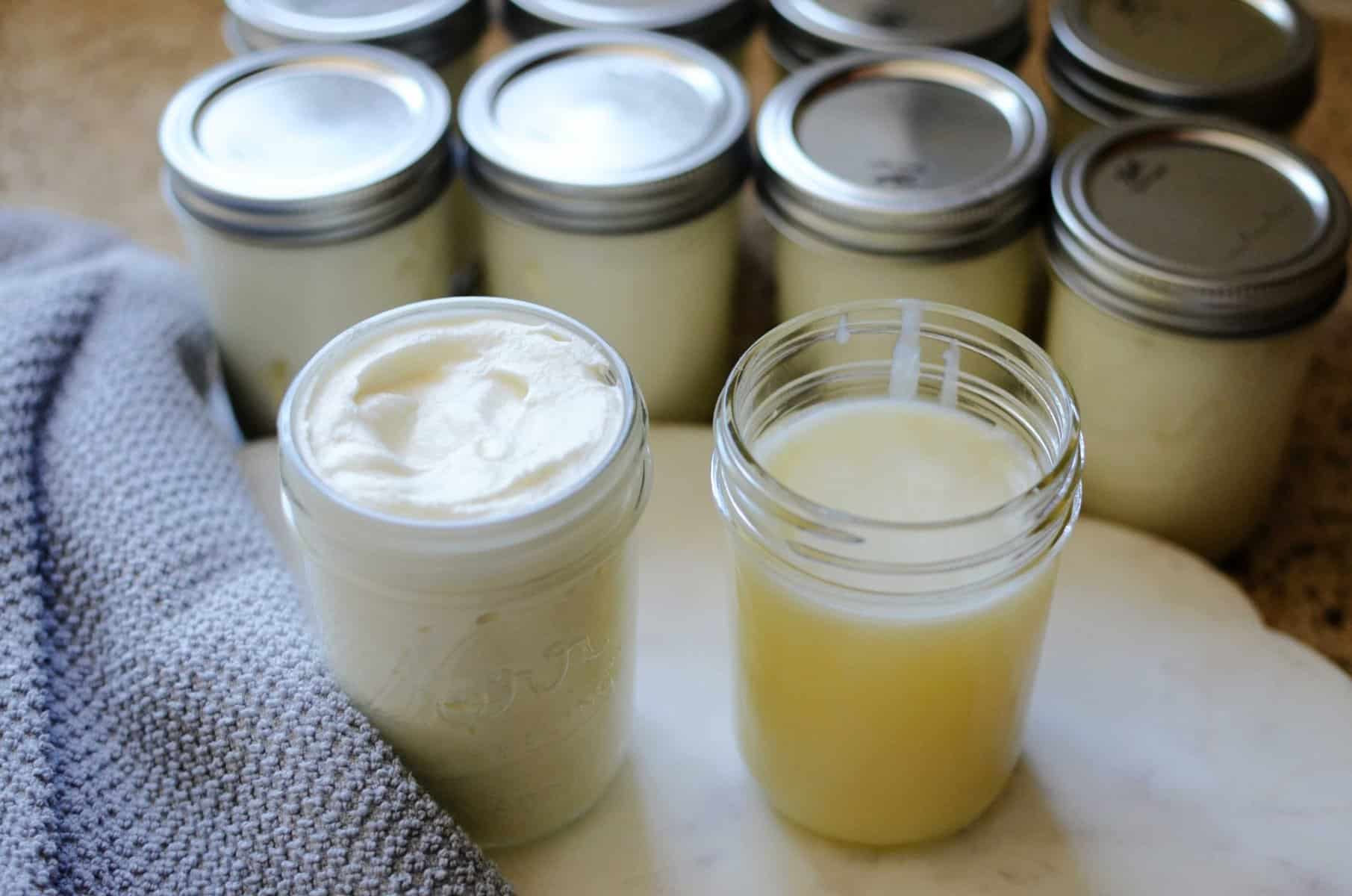
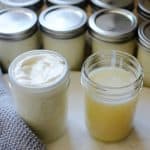
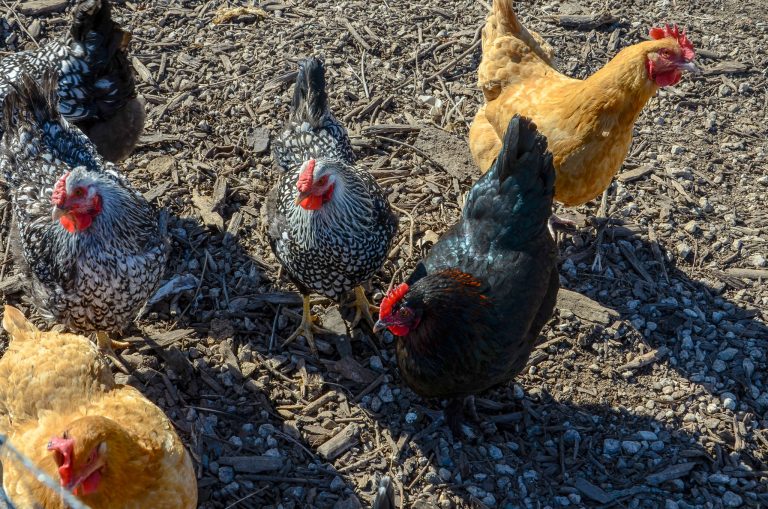
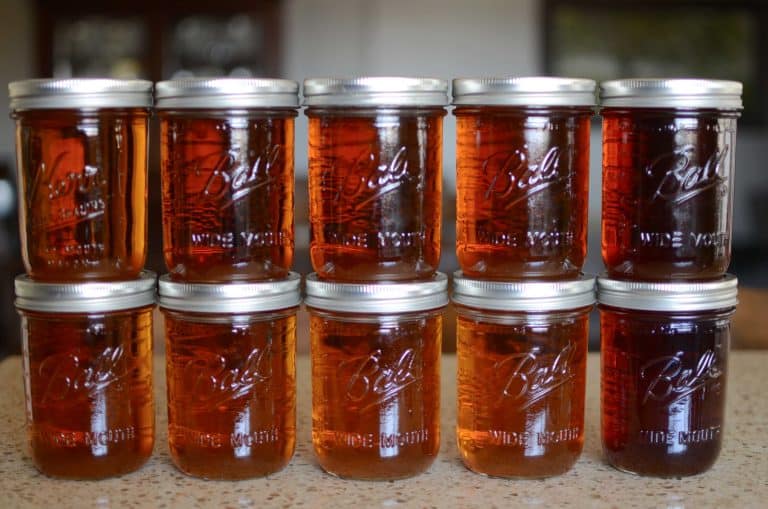
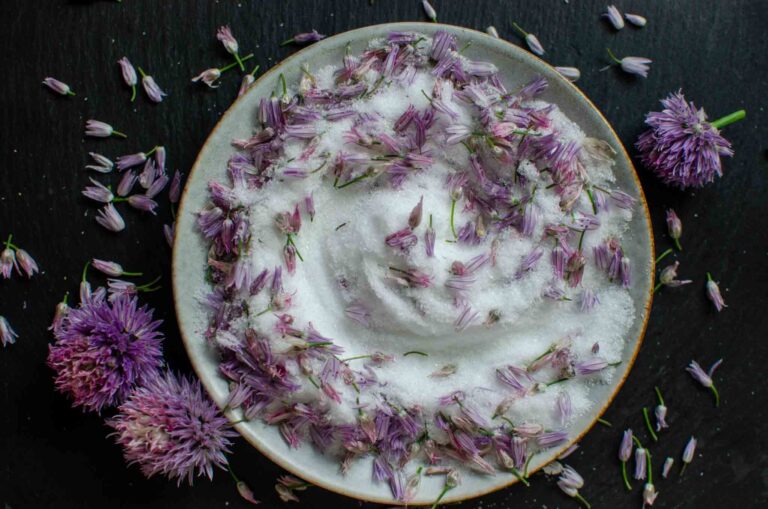
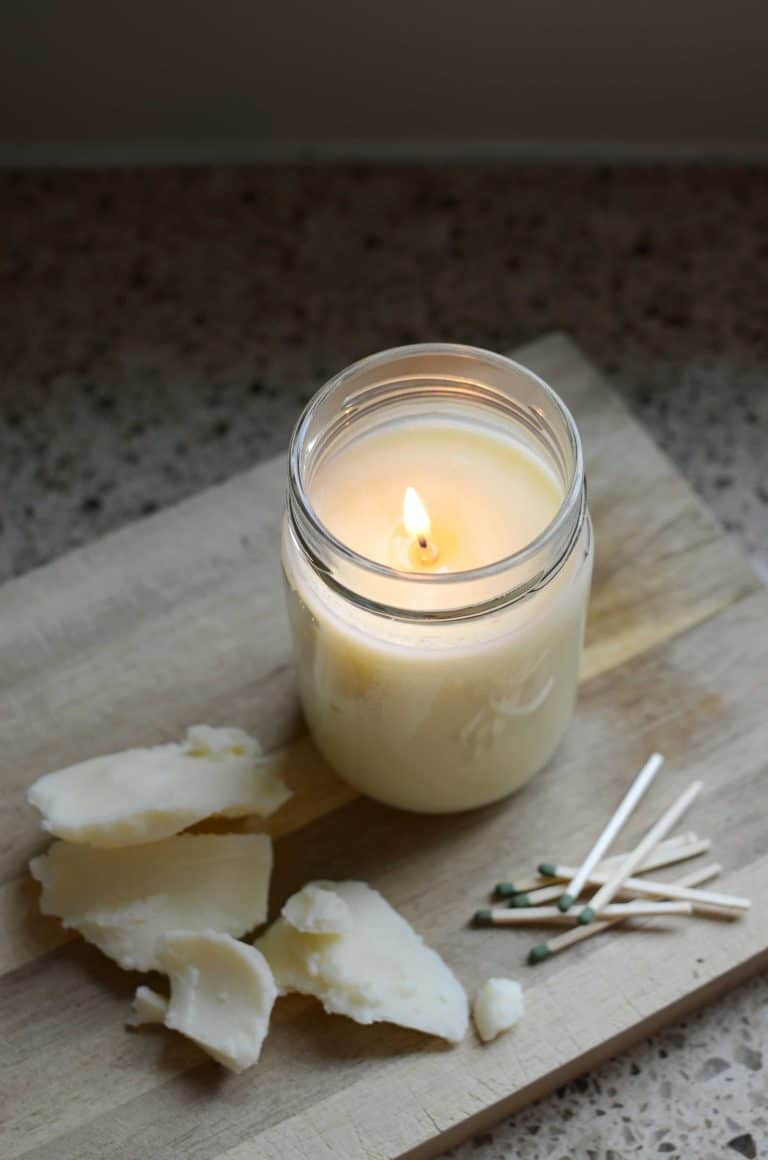
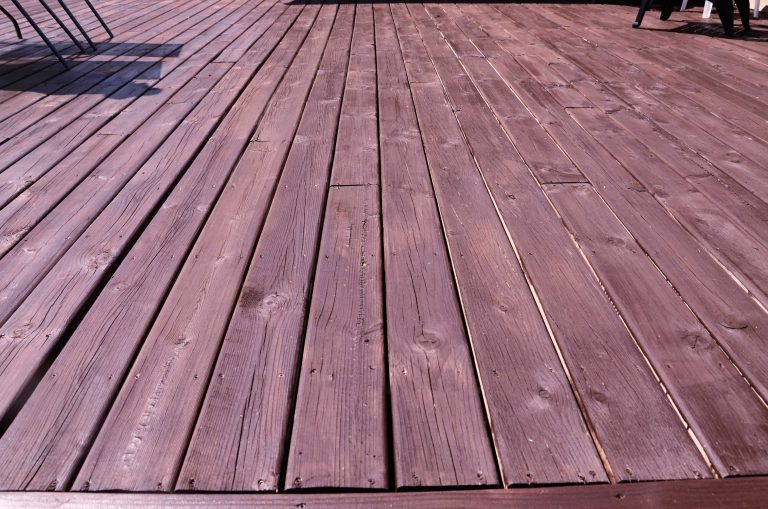

Where has tallow balm been all my life?! – so moisturizing without a greasy feeling. Knowing it’s packed with so many nutrients for my face makes this a keeper in my beauty regimen.
Was wondering how to get this to thicken up for whipped tallow. After 10 minutes it has lightened in color but is not a butter consistency. Any suggestions on how to fix this? I really don’t want to scrap the entire batch. Thank you in advance!!
Tallow typically hardens once it cools to room temperature. Whipping tallow balm and adding the oil makes it softer and easier to handle. If you whipped tallow balm is too soft, it sounds like your ratios might have too much oil and I’d suggest adding more melted tallow and whipping it in to combine. Also, if you whipped it when it was still warm, it may firm up once it cools to room temperature. I hope this helps and it sets up for you!